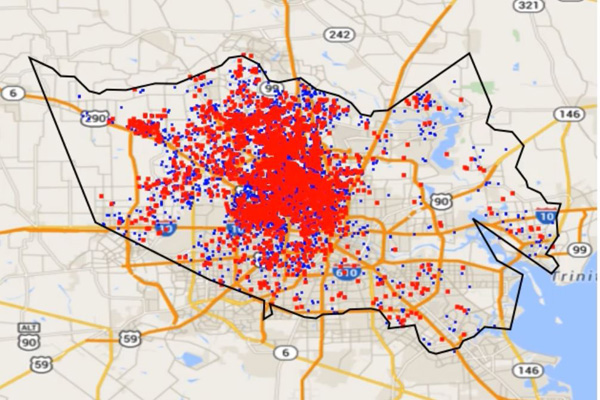
Vaccines work their magic in part thanks to herd immunity.
Get enough people in a group - the herd - vaccinated and you can keep a disease from spreading. This works so effectively that even the relatively few who can’t get vaccinated - babies, the elderly, the immunocompromised - will be protected too.
Herd immunity began shielding Americans from measles since 1963, when the vaccine was introduced. Before then, the highly contagious illness sickened millions and killed about 400 people each year on average.
So what’s the magic number for herd immunity? The answer’s different for different diseases. Because measles spreads so easily, the target for vaccination is normally 90 percent to 95 percent of the population.
But what happens when a lot of people get exemptions from vaccinations, causing the rate to dip below that magic number? To answer that, the Public Health Dynamics Laboratory at the University of Pittsburgh Graduate School of Public Health recently came up with FRED.
FRED, which stands for A Framework for Reconstructing Epidemiological Dynamics, is a simulation that shows the brutal intensity of a measles outbreak after the introduction of just one sick person to a community.
FRED’s simulation shows the huge difference in the number infected between 95 percent herd immunity and 80 percent. Watch the graphics below to see how herd immunity could protect a simulated outbreak in Houston.
Simulations are available for every U.S. state, most major cities, and some international locations.
The Texas Medical Association as several programs and initiatives, including Be Wise — ImmunizeSM, to help physicians educate their patients about the importance of immunizations. More information can be found on TMA's website.
Be Wise —Immunize is a service mark of the Texas Medical Association.
Last Updated On
September 11, 2023
Originally Published On
March 09, 2018